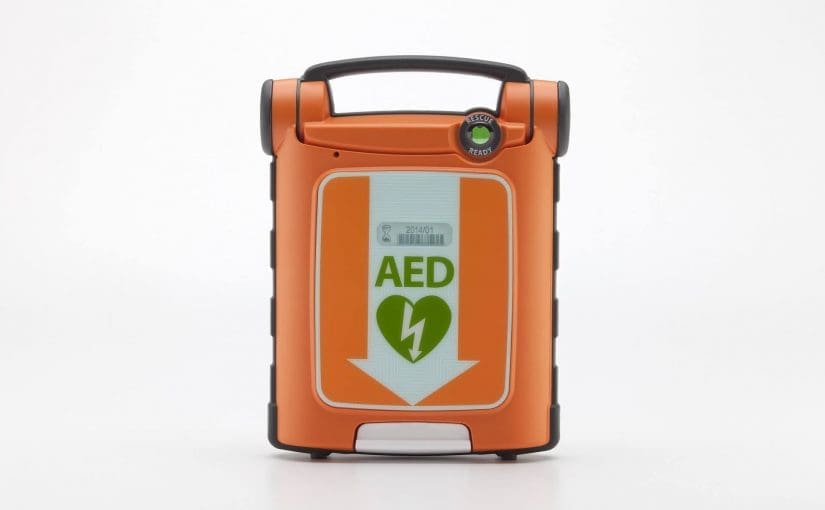
Heart Attack and Automated external defibrillation
 Have you seen your near or dear one died with some sort of sudden unexplained, life-threatening disease? Do you know there are millions of people of all- ages and fitness level die due to sudden heart attack (SCA) at any time, anywhere? When a person collapses in SCA, every minute counts. A patient in SCA is not breathing and even heart has also stopped beating. Most of the people who suffer from Cardiac arrest die because CRA and Automated external defibrillation (AED) usually occur too late for them.
Have you seen your near or dear one died with some sort of sudden unexplained, life-threatening disease? Do you know there are millions of people of all- ages and fitness level die due to sudden heart attack (SCA) at any time, anywhere? When a person collapses in SCA, every minute counts. A patient in SCA is not breathing and even heart has also stopped beating. Most of the people who suffer from Cardiac arrest die because CRA and Automated external defibrillation (AED) usually occur too late for them.
Now, what is an automated external defibrillator?
The SCA ( Sudden Cardiac Arrest ) happens due to a disturbance in the heart rhythm called ventricular fibrillation. It is a process in which blood supply cuts to the brain and other vital organs. If blood flow is not restored immediately, it will lead to severe brain damage or death. Here the role of AED comes into the picture. It is a device that treats Ventricular fibrillation by applying electric shocks to the chest with a procedure called defibrillation.
Working on simple audio and visual commands, this machine is designed to use for the layperson. The methods to use this device are taught in much first aid, basic life support and cardiopulmonary resuscitation classes.
When To Use It?
The device provides a fully automated life-saving emergency therapy for the patients of Pulseless Ventricular tachycardia and Ventricular fibrillation. The combination of AED and CPR should be used within minutes (approximately three to five minutes of heart attack).
The machines are fully automated and designed to give shocks automatically, even rescuer has not to press any button.
How to Use AED?
A person from non- medical background can use it well with few minutes of AED training. Most of the devices work on spoken prompts, and some may also have visual displays to instruct the user. When starting the machine, AED will direct the user to connect the electrodes (pads) to the patient. Then these pads examine the electrical output from the heart and calculate if the patient is in need of a shock treatment. If the device determines that a shock is required, it’s internal capacitor, which is charged by the battery system, delivers the shock. Its event memory unit records the ECG of the patient along with time and strength of shock
